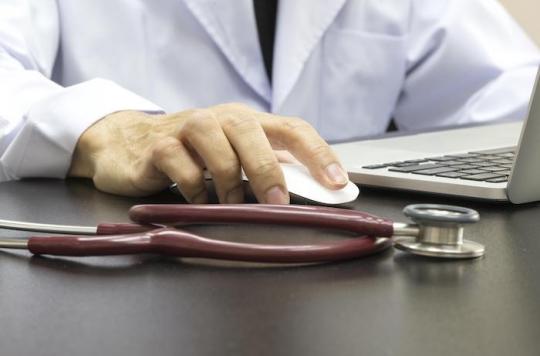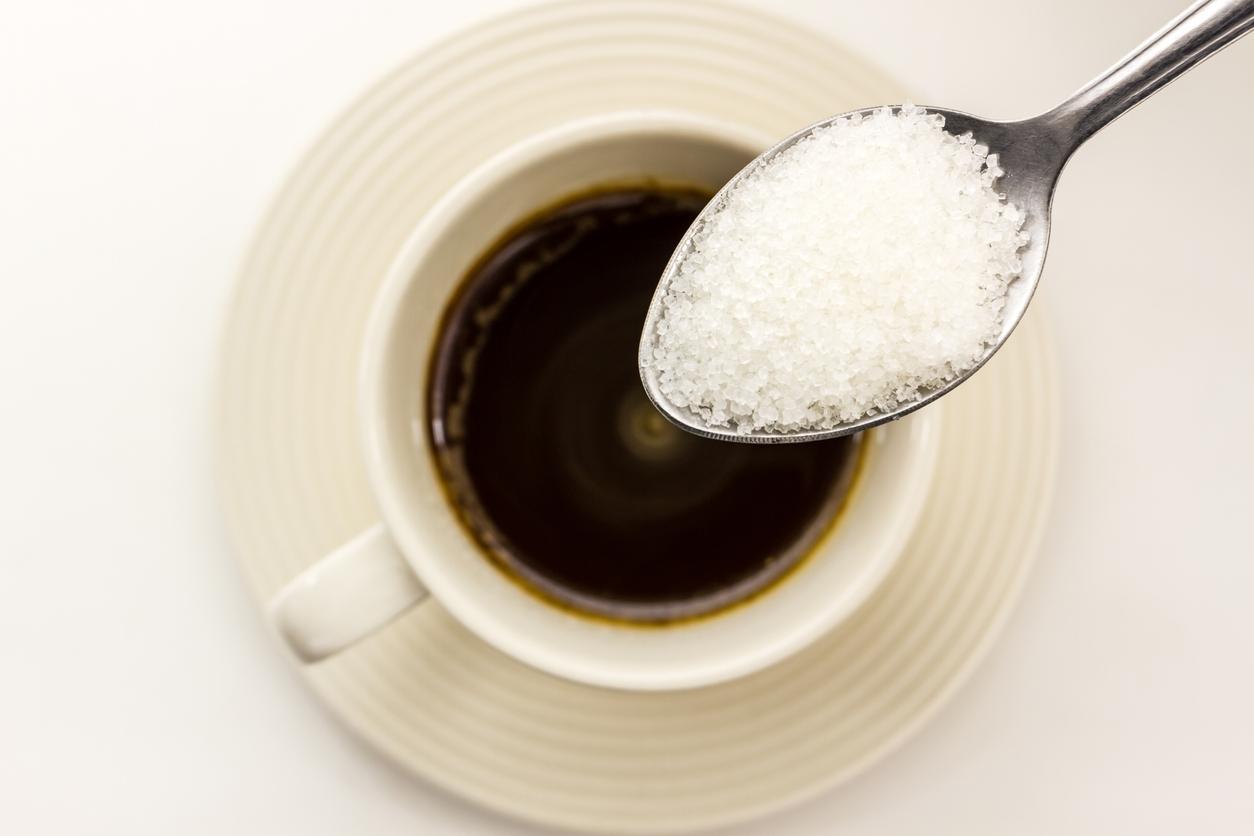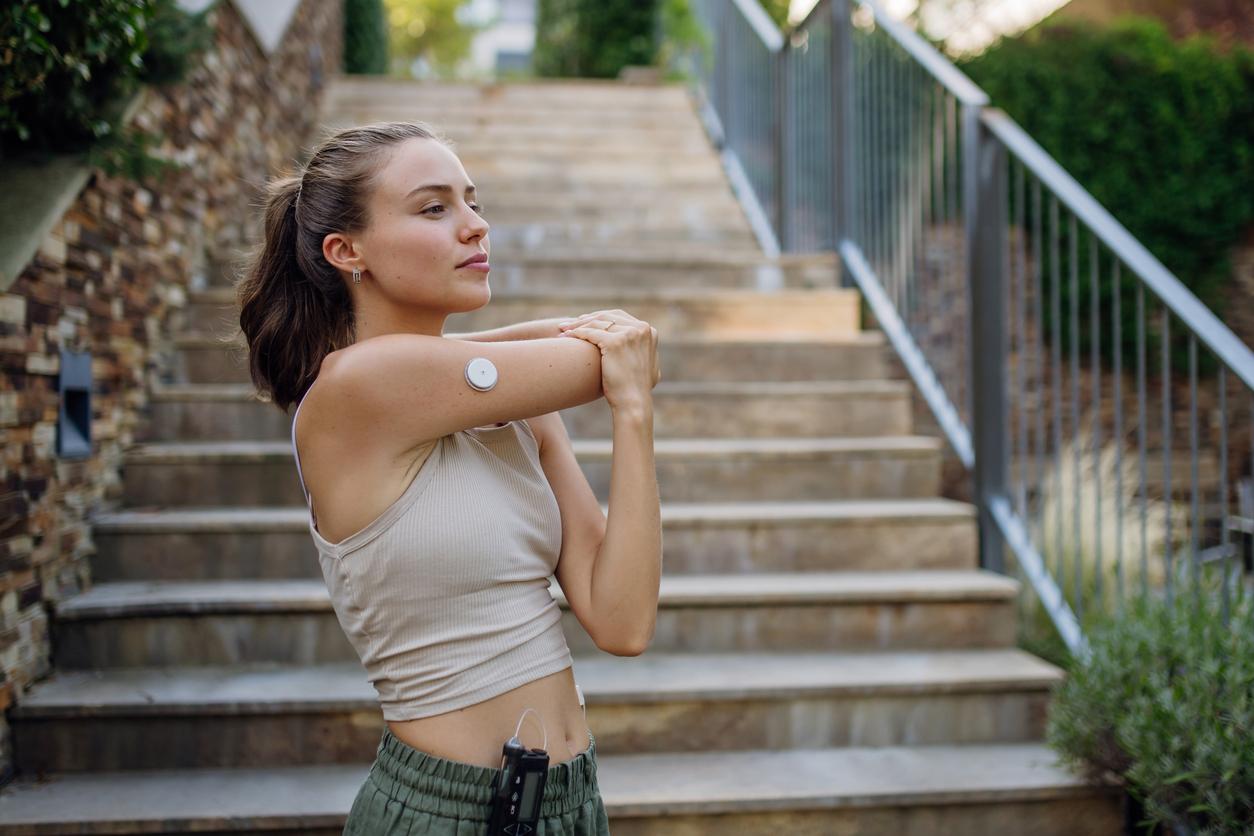An American study has developed a device allowing veterans with type 2 diabetes to be monitored and treated by telemedicine.

American researchers tested a telemedicine program on type 2 diabetic patients. The objective of this experiment was to assess whether this mode of operation could improve their glycemic (sugar) control in the same way as in patients who are go to their doctor’s office. The scientists presented their work this Saturday, March 17 during ENDO 2018, 100th Annual Meeting of the Endocrine Society in Chicago, Illinois.
Tested at the Veterans Affairs (VA) Pittsburgh Healthcare System, this telemedicine program called “e-consult” offers a remote consultation between a patient and an endocrinologist specializing in diabetes with continuous care by telephone, explained Archana Bandi, Principal Investigator of the Study and Clinical Director of Telehealth Services for VA Pittsburgh Healthcare System. ” Unlike a traditional electronic consultation, this program provides team care with follow-up “, she stressed.
Medical follow-up by telephone for 3 to 6 months
Concretely, the program developed by the Veterans Affairs Department includes a review of the medical record followed by a 20 to 30 minute telephone interview with the patient and their family. The patient then receives an email with the doctor’s recommendations, which are based on data relating to the blood glucose level.
A nurse from the diabetes care team then takes over and monitors the patient’s progress over the phone over the next three to six months. Patients also benefit from ancillary services such as nutritional counseling and diabetes education services near their homes.
In order to assess the effectiveness of such a device on patient care and improving their blood sugar control, the study authors compared the results of 442 patients who participated in the e-program. consult with those of 407 other patients who benefited from traditional office visits and follow-up care. All of the patients were veterans with type 2 diabetes.
Overall, the ” e-consult group “ was made up of younger patients (64 vs. 68) and more often lived in rural areas (16 vs. 4 percent), than those in the other group. At the initial consultation, patients in the groups recorded a glycated hemoglobin (HbA1c) value – a measure that allows the average blood sugar level over the past three months to be assessed – of 10%. As a reminder, the recommended reference value of glycated hemoglobin is 7%. A value greater than 7% may indicate a diagnosis of diabetes.
A solution to overcome the shortage of endocrinologists
With the e-consult program, patients waited 10 days for a consultation, versus 37 for those who did not opt for telemedicine. Within three to six months after the consultation, patients in both groups significantly improved their HbA1c value, slightly less than 9% for the e-consult group and 8.75% for the other group.
One year after the consultation, the HbA1c value improved further in each group, reaching 8.8% in the first group and 8.6% in the second group. Among patients in the e-consult group, the decline in A1c differed depending on the level of veterans’ commitment to self-management of their diabetes. ” Those who were fully committed to following the recommended treatment were those who recorded the lowest glycated hemoglobin value (8.6%) “, notes Archana Bandi.
According to the initiators of this program, this solution would also prevent patients living in rural areas from having to travel kilometers to get to their doctor’s office, but also make up for the shortage of endocrinologists in certain regions.
” With the obesity and diabetes epidemic as well as the current shortage of endocrinologists in the United States, the care of patients with diabetes requires a complete paradigm shift. “says Archana Bandi.
.

















